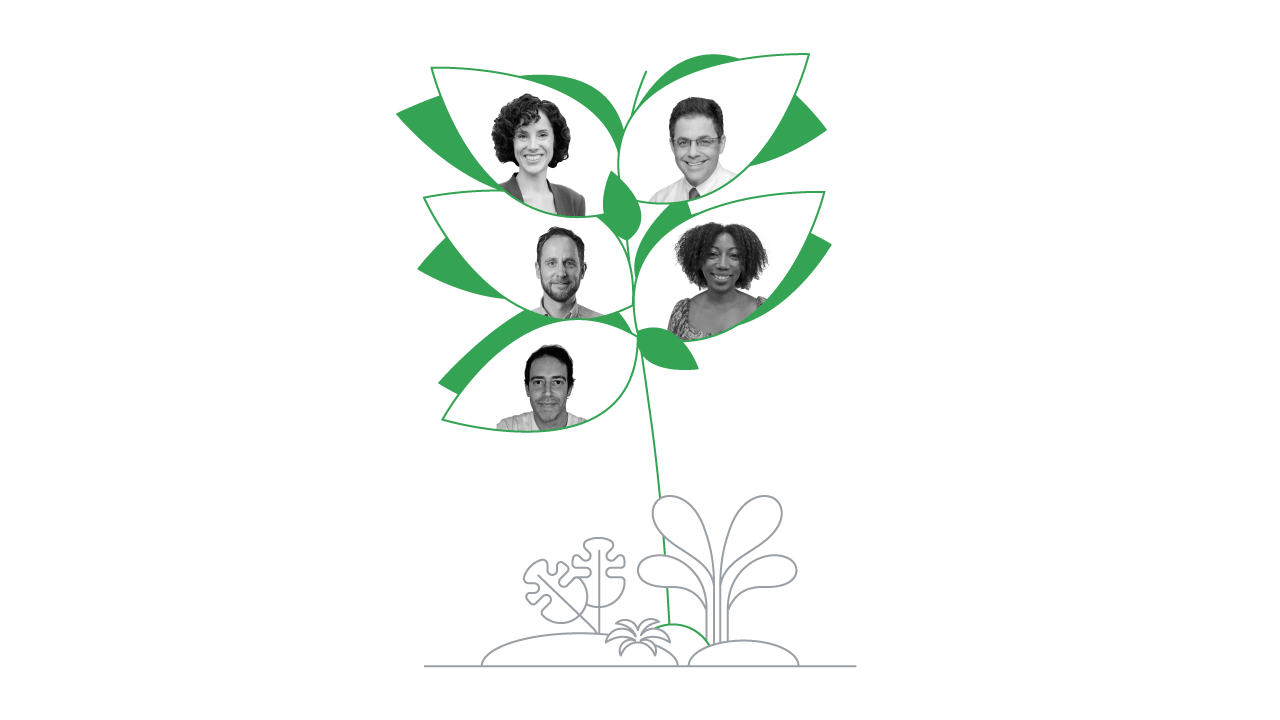As marketers, “failure” is something we will go a long way to avoid. Rather than talk about our mistakes, we focus on wins, optimisation and ROI. We direct our energy toward the projection of success and swiftly move past mistakes or missteps. But that could be the biggest mistake of all, because failure is precious. We need to recognize it when it happens, take a pause to stop and reflect, so we can spin it into gold.
So many things are changing in the workplace thanks to new technology, and one of the most important is the way we learn. From now on, we are going to be in engaged in lifelong learning: always adapting; always evolving. And because we will each assemble our own skillset and career path, we have to be our own educators. Taking that seriously means being honest with ourselves about what we’ve done well and where we messed up.
Failure and the feedback loop
Any developer can tell you about A/B testing, but the concept is increasingly familiar to marketers too. At its root, it couldn’t be more simple: take two approaches to a problem, then test them out against each other to see which works best.
That simple, experimental approach to progress is vital for rapid, intelligent development. It also means one approach has to fail. Logically, failure is necessary. You need to know what doesn’t work, to see what works best.
Developers don’t lose sleep worrying about the approaches they tried and failed on their way to solving a problem. They know it’s just part of the process. Yet when many individuals approach a problem, they often choose one approach and go all in for a win. Why try something that might not work?
To take another example from systems theory, progress is achieved through a feedback loop. If A/B testing means setting ourselves up to fail, feedback simply means acknowledging and accepting the existence of failure.
For a lot of people, even that can be challenge. We’re just not wired that way.
Rewiring worry
Carol Dweck is a Professor of Psychology at Stanford University and an expert on the subject of “the growth mindset”. Dweck draws a line between two approaches to ability. One, the “fixed mindset”, regards intelligence and skill as more or less unchangeable qualities we have from birth. We might be able to get a bit more capable or a little more incompetent, but it all basically comes down to talent. The “growth mindset” sees things in a totally different light. Even our most basic abilities are things that can be developed, given the right amount of dedication and effort.
Nowhere are these two mindsets more different than in their attitude to failure.
When people with a fixed mindset fail, it’s personal. Failing means confronting the limits to their ability, and, as a consequence, it must be avoided at all costs.
For people with a growth mindset, however, failure is valuable. They know they need to improve, and identifying their flaws is the first step towards making things better.
At Google, the growth mindset is one of our core values. It’s a view that embraces failure, but – and this might seem paradoxical to some – it’s also a far more positive approach to life.
The right kind of failure
Of course, not all failure is created equal. Some sorts of failure far outweigh others when it comes to their far-reaching consequences and implications. But there are other kinds of failure which are ideal stimuli for growth and development, when handled the right way. Learning to sort one from another is crucial for feeding a growth mindset, A/B testing approach, or fertile feedback loop.
Here are seven common kinds of failure we all encounter:
- Failure of others
- Historical failure
- Fast, cheap and safe failure
- Slow, expensive and dangerous failure
- Creeping failure
- Catastrophic failure
- Passive failure
No question, two types of failure to watch out for are “catastrophic” and “slow, expensive and dangerous”. When there is too much on the line, it’s not the right time to experiment. What you learn might not outweigh the damage caused.
Other types are more benign, however. “Historical” failures are a great resource for learning and discovery, but are often second-hand, and lack the immediacy of personal situations in the present. “Failure of others”, likewise, is of limited value compared to a first-person experience.
That’s why “fast, cheap and safe” failure is so valuable to anyone who wants to learn. When the cost of failure is low, the benefits to your development are worth it. When the consequences of your actions are quickly apparent, rather than taking time to become clear, it’s easier to relate them directly to your experimental approach. And when no one is going to get hurt when something goes wrong – why not take the chance? Then you’re really learning through doing and building on your experience, which is the best way to move forward, change, and thrive.
To really tap into the power of a culture that thrives on the right kind of failure, download How to Build a Culture of Growth to learn more about leading your marketing team to focus on testing and continuous learning.







